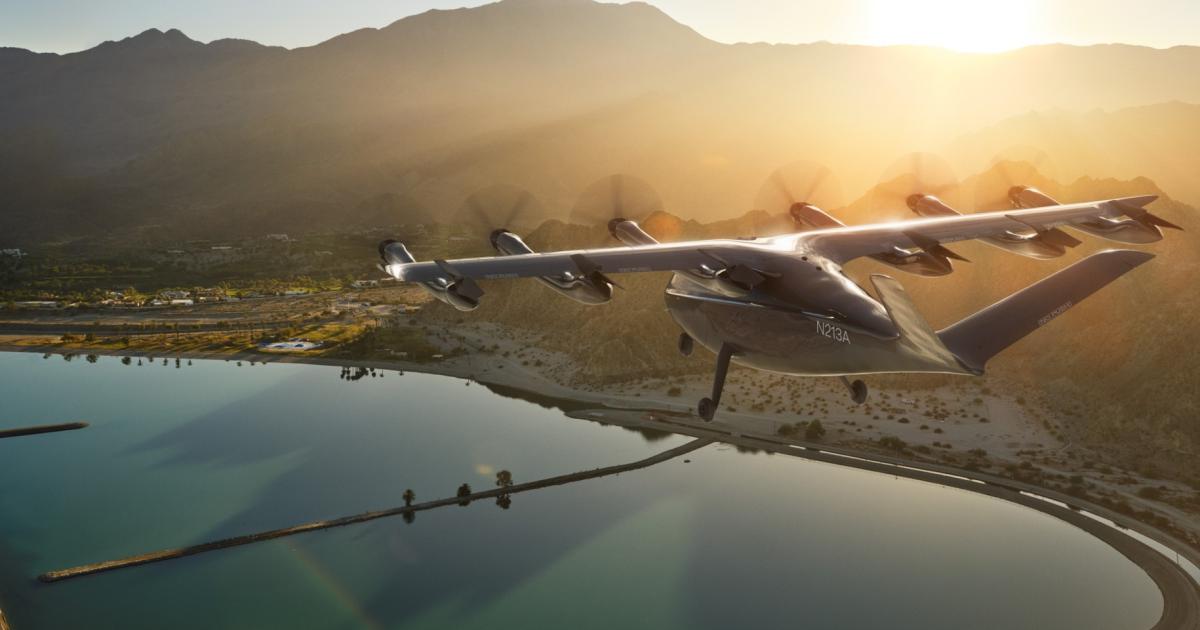Marry Tesla to Uber and You Get eVTOL Transportation as a Service, Say UAM Pioneers
Senior executives from eVTOL aircraft developers Joby and Archer, and also would-be early urban air mobility adopter United Airlines, shared their vision in a Northwestern University webinar.

